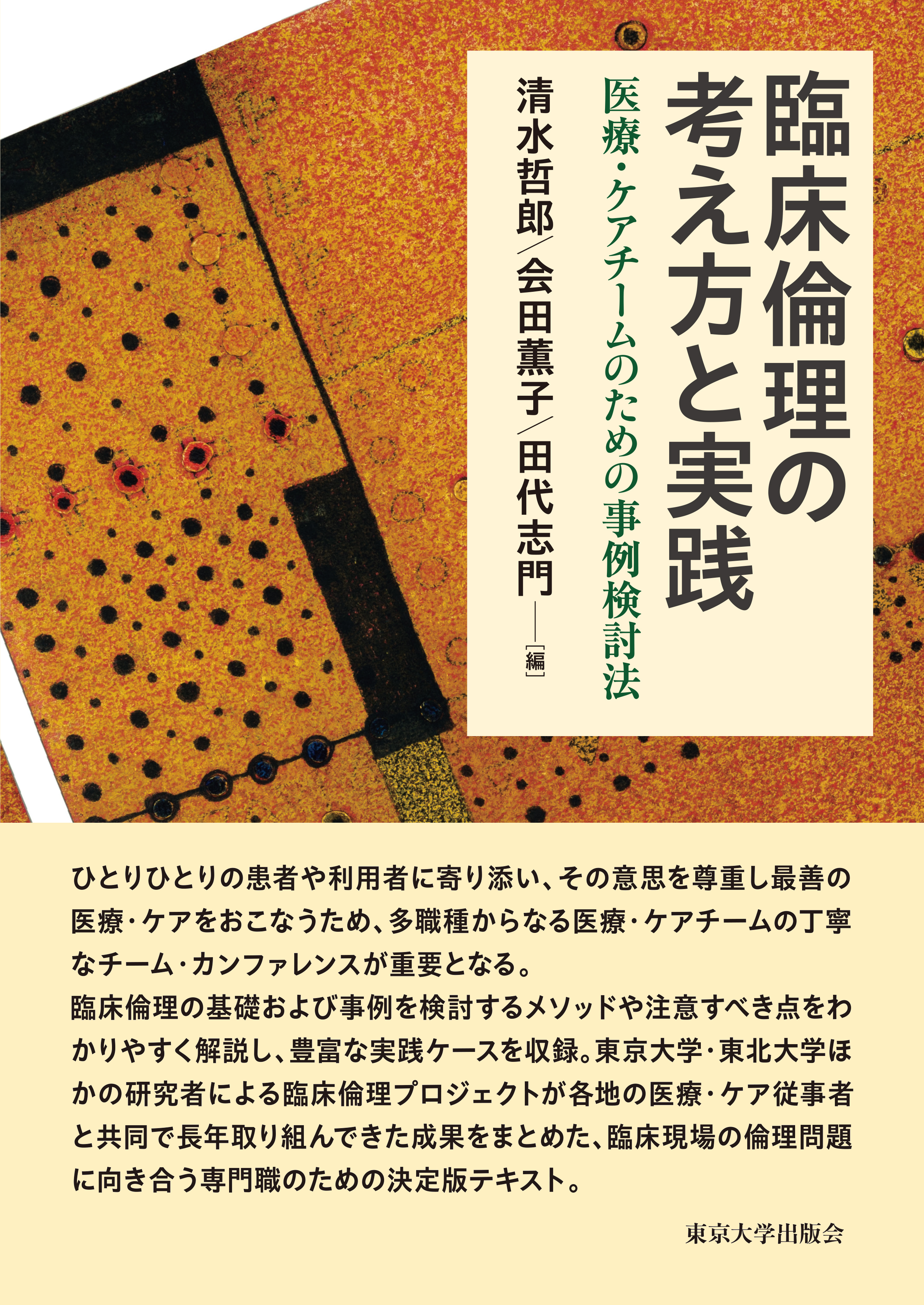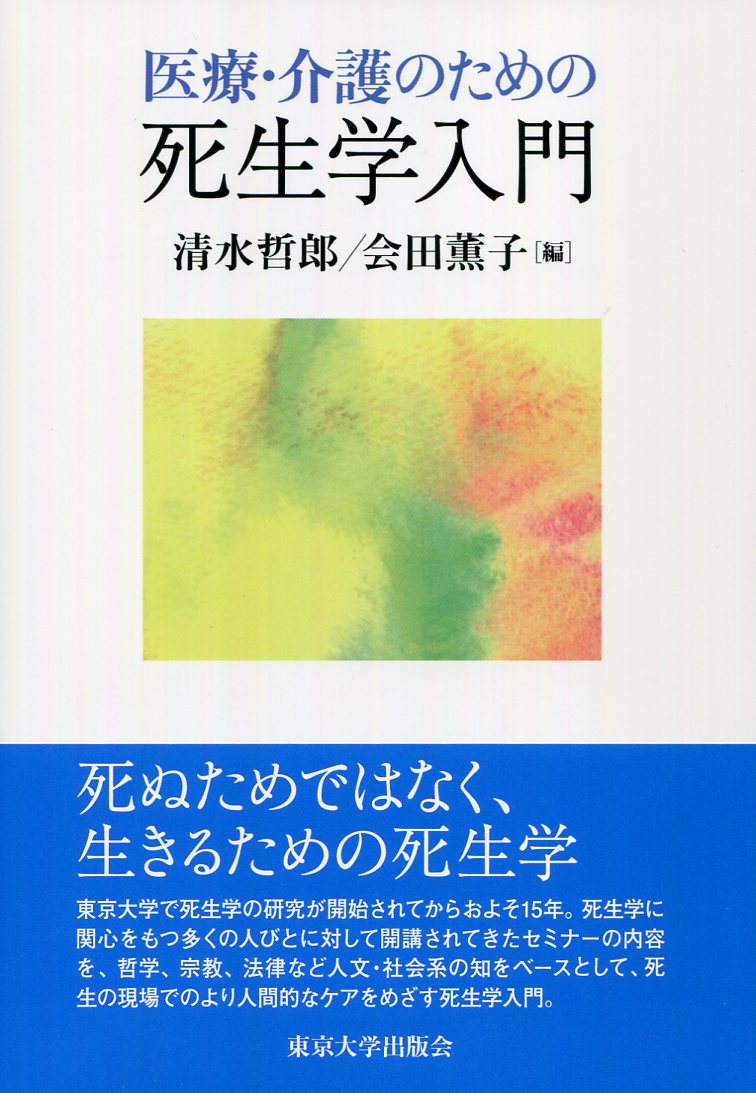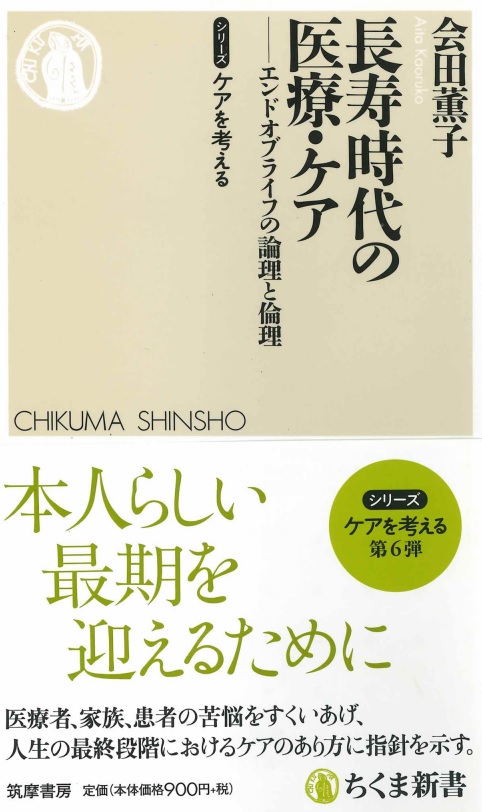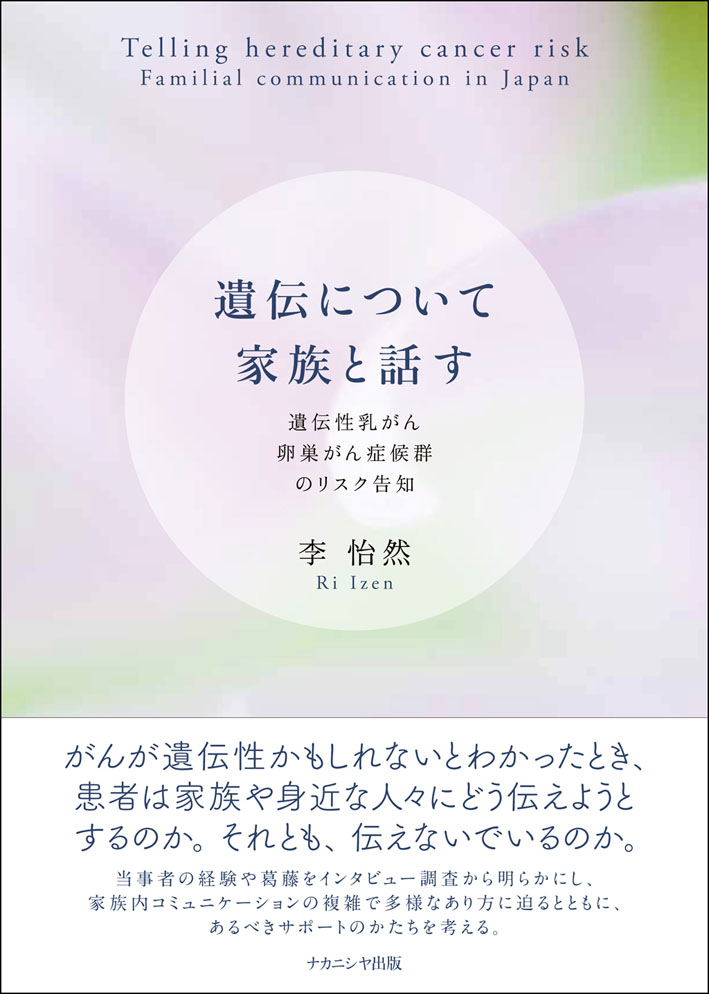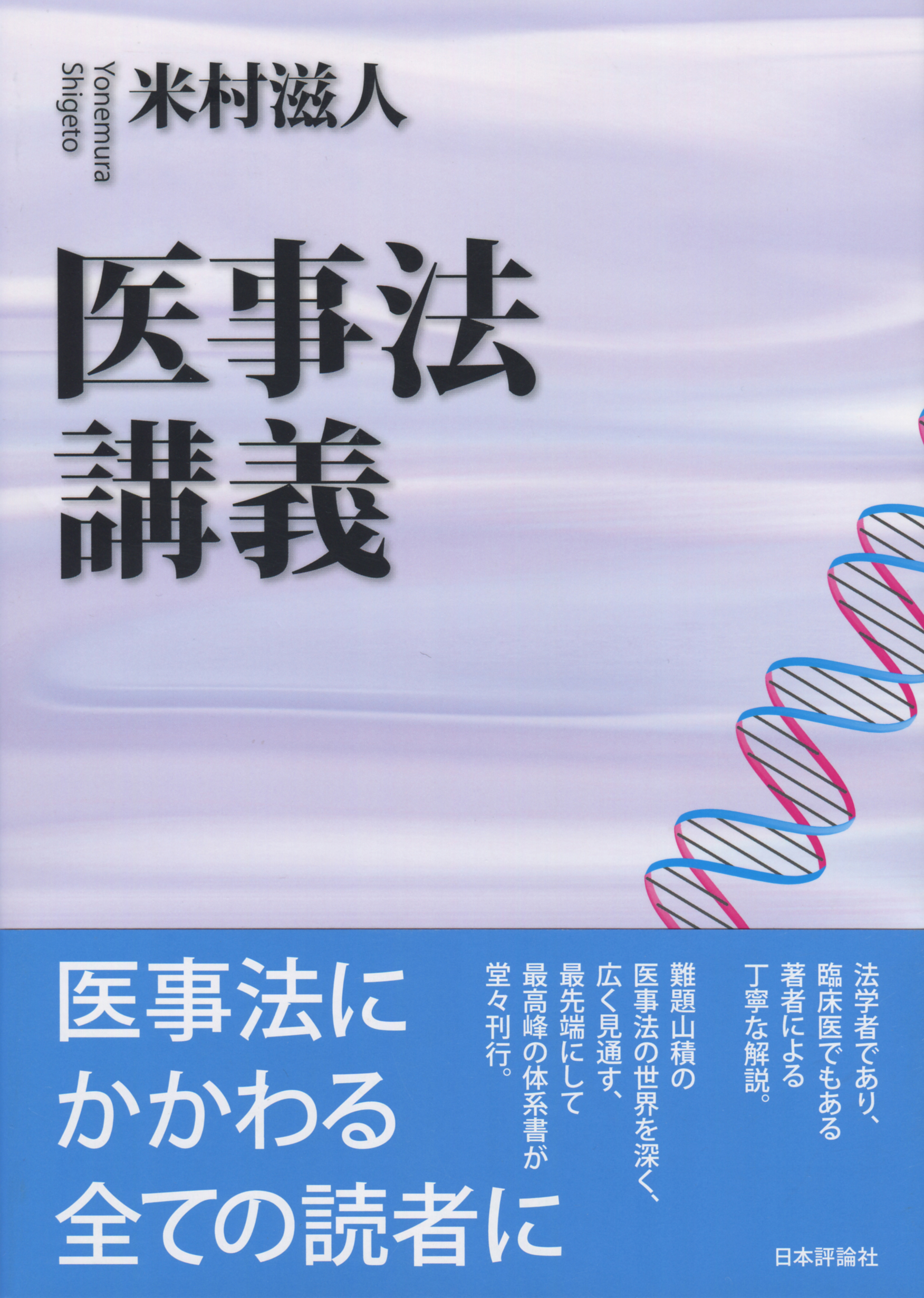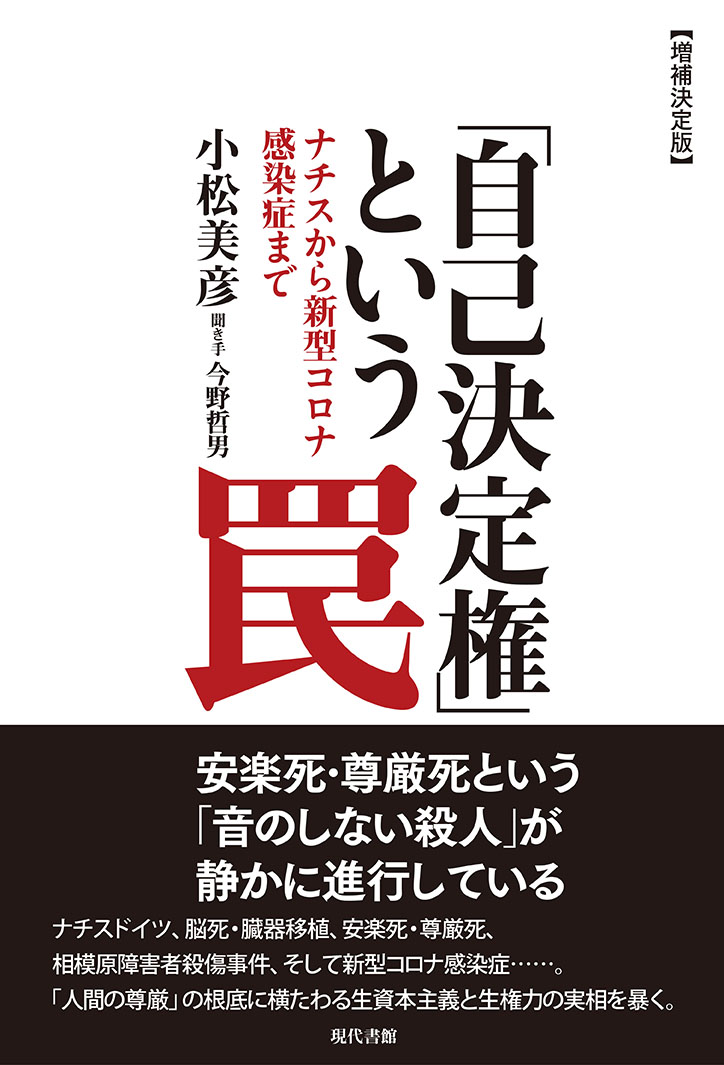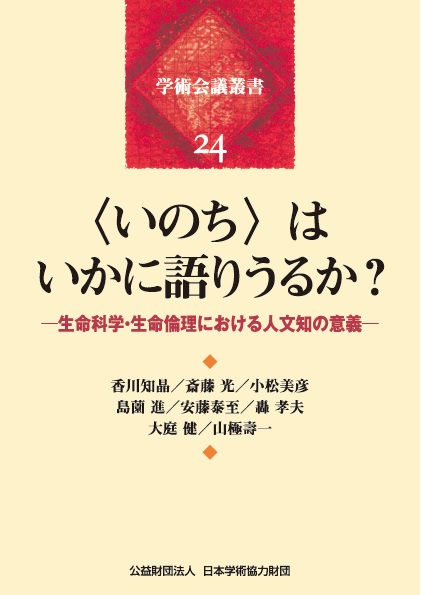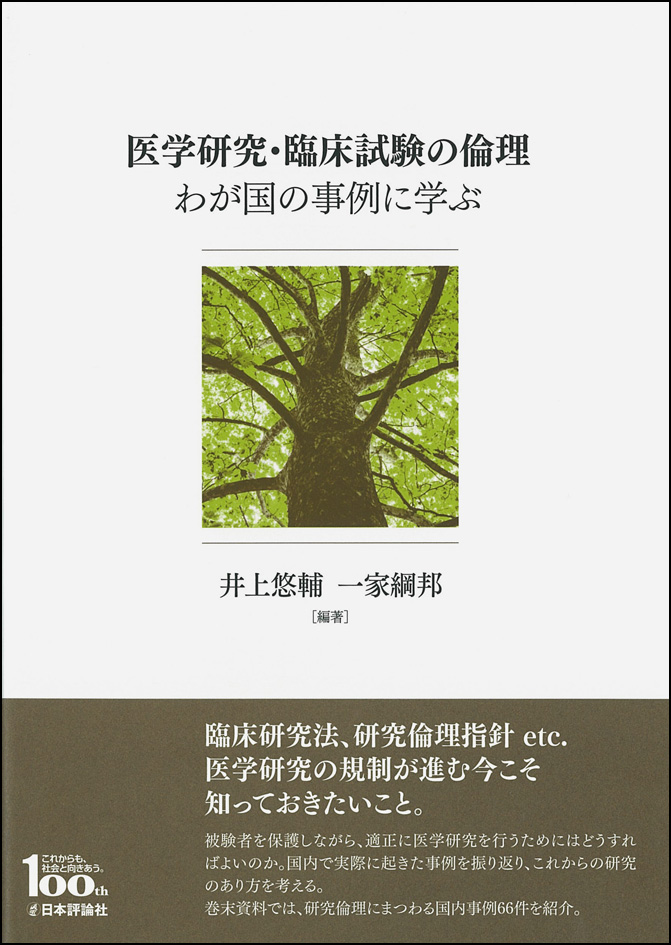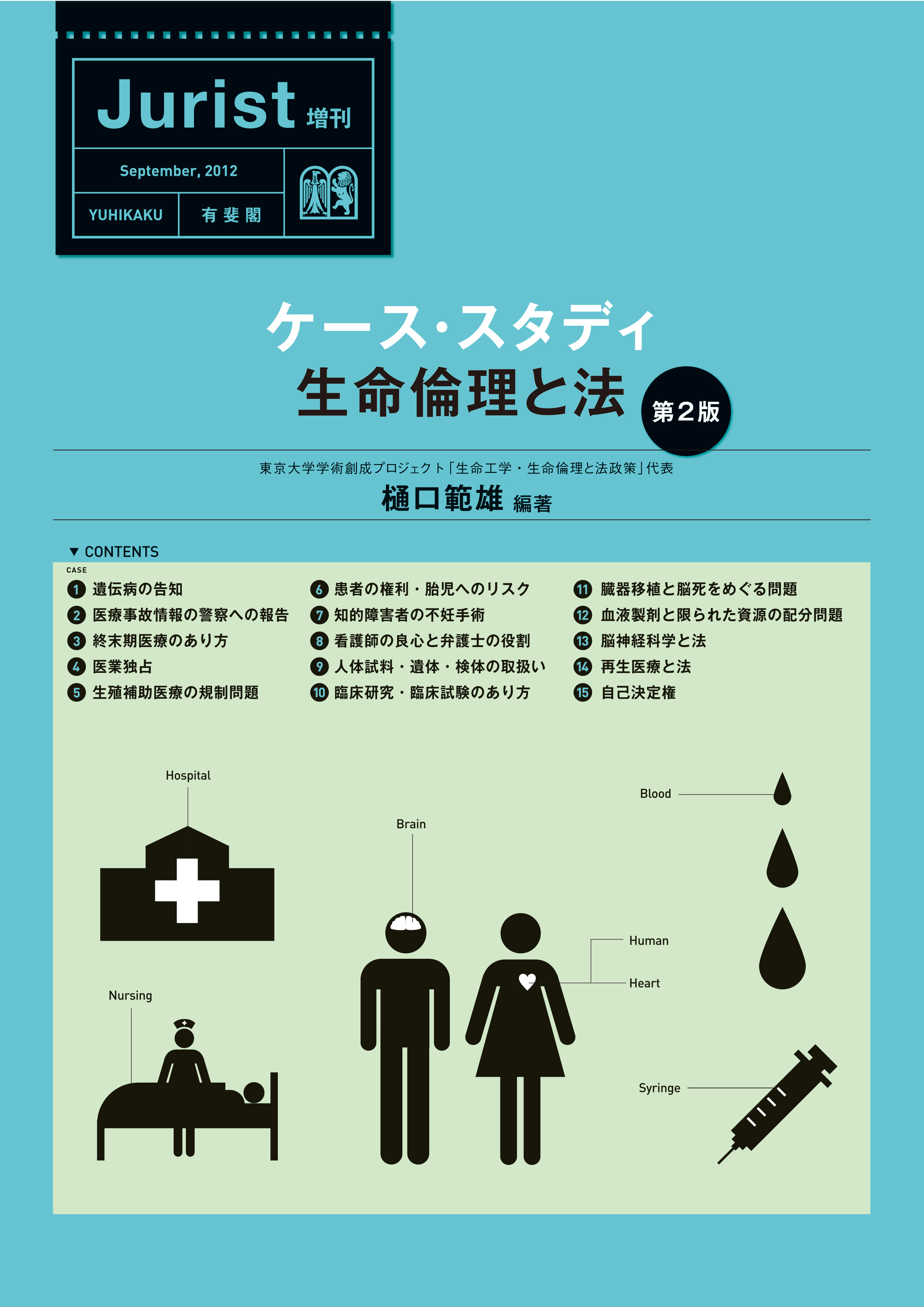
Title
Jurist extra edition Case Study Seimei Rinri to Ho (Bioethics and Law: Cases, Comments and Problems [Second edition])
Size
400 pages, B5 format, softcover
Language
Japanese
Released
September 26, 2012
ISBN
978-4-641-11398-5
Published by
Yuhikaku Publishing
Book Info
See Book Availability at Library
Japanese Page
This book attempts to delve into the relationship between bioethics and law through a cross-disciplinary discussion with medical doctors, legal experts and other professionals on postulated cases. It originally started in 2002 as a project for creating new academic fields entitled “Law and Policy on Bioethics and Biotechnology” on a 5-year endorsement by the Ministry of Education, Culture, Sports, Science and Technology. Members of the Law Department, working with the Medical School and experts from other domains, pursued some projects to explore new challenges in the fields of bioethics and biotechnology. Arrangements were made to have dialogues between medical doctors and legal experts, where the idea was to publish a series of articles on the journal Jurist based on the discussions, with about 10 topics.
In each session, experts in legal, medical and other fields gather to discuss a particular postulated case. For example, Case 1 is about what a doctor should do if his patient asked him not to disclose his diagnosis, a certain genetic disorder, to the patient’s family. Participants in the discussion contribute their respective viewpoints as to the factors the doctor should consider as well as the approaches to be adopted to deal with the difficult situation at hand. The value and limitations of legal perspectives and approaches are revisited for a review. What exactly are legal approaches in this context? How do these approaches differ from, intersect with, or complement those of medical and other non-legal professionals?
The discussion on Case 1, then, reveals that the obligation of confidentiality legally imposed on physicians is not as clear-cut as non-experts on law may imagine and/or expect, and further that, legally speaking, it is questionable to attribute the confidentiality stipulated by the Penal Code to a case like this. It throws light onto the role that must be played not by law, but by the ethical code of medicine and bioethics. This gives rise to the next topic, i.e., whether law has no roles to play in cases such as this one. Evident in the table of contents, issues/topics in bioethics are diverse. I am confident that this book will be found most valuable in elucidating how important and intriguing it is to build up cross-disciplinary discussions on specific topics. There have been very few attempts like this so far as the involvement of legal experts is concerned, which makes the attempt made in the book unique. However, I would like to see it diffused in the future.
This book was used as teaching material at the Graduate School of Law, for the curriculum launched in 2004. I wished to have these classes in a discussion-oriented style between medical students and graduate students in law, which could not be realized. Nevertheless, the new Graduate School of Law was attended by many medically qualified students, such as physicians, pharmacists and nurses, who made valuable contributions in the class each year.
This book was originally published in 2004, with all copies sold in seven years. In 2012, the second edition was published, with added topics on the relationship between law and some of the fast-developing fields, such as cerebral neuroscience and ES cells research.
(Written by HIGUCHI Norio, Professor, Graduate Schools for Law and Politics / 2017)



 Find a book
Find a book


 eBook
eBook